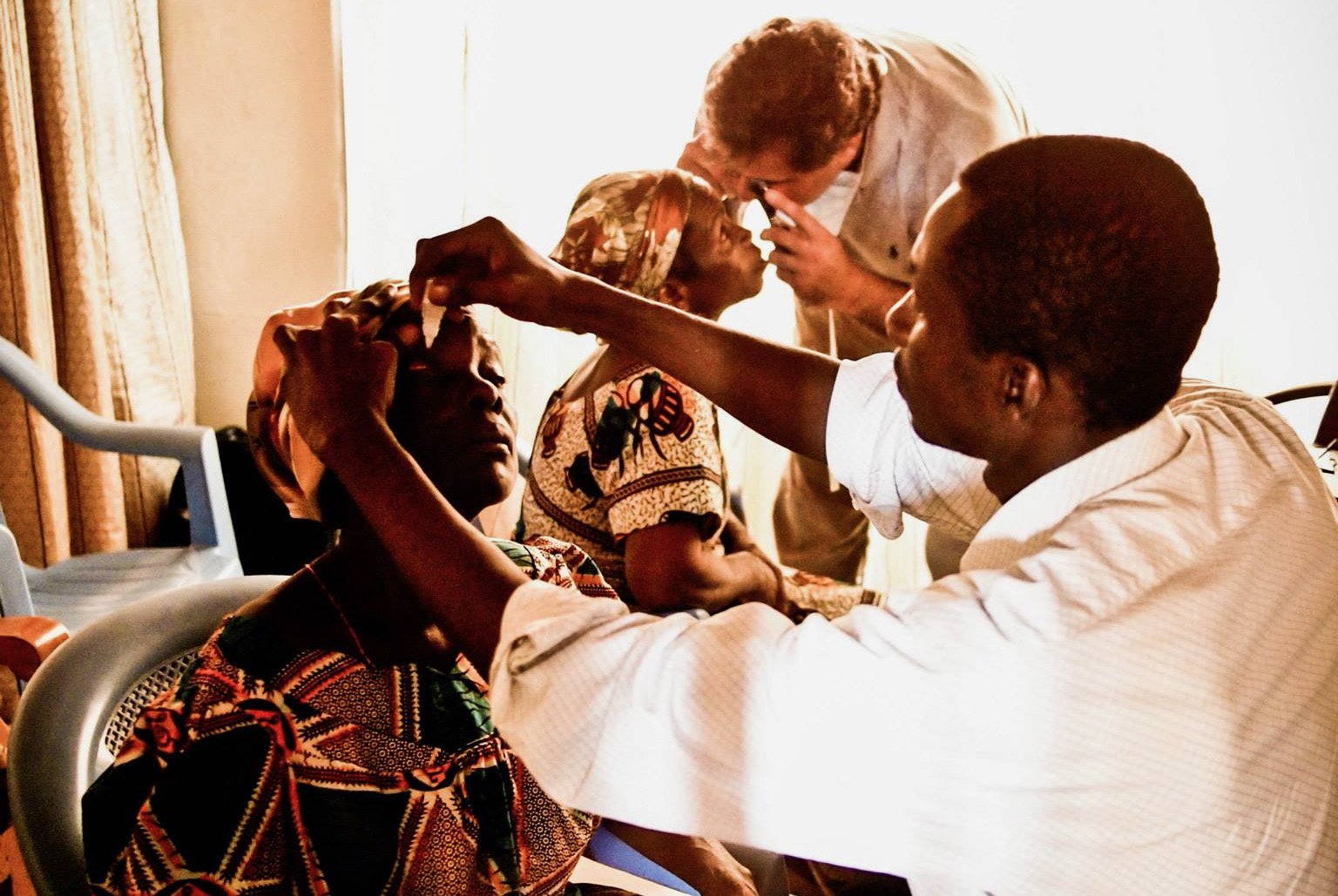
GLOBAL HEALTH CERTIFICATE
Module 5: How To Eliminate Patient Barriers To Care
“Because each disease is treatable with already available therapies, the lack of access to medical care is widely perceived in heavily disease-burdened areas as constituting an ethical and moral dilemma.” -Dr. Paul Farmer(1)
The Universal Declaration of Human Rights asserts that access to medical care is a human right.(2) Over fifty years since this declaration was adopted, access to healthcare is far from universal. Global health organizations should be dedicated to reaching those patients who do not have access to healthcare. There are three major barriers– physical, financial, and educational– responsible for impeding access to medical care.
Transportation Barriers(3)
Global health organizations must bridge the physical gap between patients and healthcare outposts. When patients are referred for surgeries or other hospital-based procedures, transportation must be provided for them. However, for all preventive, follow-up, ongoing, and other care, global health organizations must bring the clinic to the patient. Within the field of global health, the challenge of overcoming this transportation barrier is often referred to as the problem of the last mile. Ashok Alexander, director of Avahan India AIDS Initiative, explained this concept in a lecture at the Harvard School of Public Health:
“In many public health programs, you get the set of products and the set of solutions as far as the last mile. You’ll get it to the NGO or you’ll get it to the public health outposts, but you will not get it to the beneficiaries.”(4)
The problem of the last mile can be overcome through innovative healthcare delivery with the help of dedicated community health workers and volunteers. Medical personnel must travel into rural villages and communities to reach those who would otherwise never receive care. For Partners in Health, a global health organization that has successfully brought healthcare to millions in low-income countries, regular outreach through home visits is an integral part of the healthcare delivery model.(5)
Financial Barriers
For many communities in low- and middle-income countries, a lack of financial resources is a primary barrier to healthcare. Global health organizations can minimize healthcare costs by subsidizing medical expenses and galvanizing medical volunteers. Although it may seem ideal to provide “free” healthcare for all, Unite For Sight Medical Advisory Board Member Dr. James Clarke warns against devaluing healthcare in low- and middle-income countries:
“Remember also that even though people are generally poor they still want to preserve their dignity. Valuable/expensive things offered on a silver platter tend to lose their value and have the tendency to be abused. Thus it is always advisable to let people bear some responsibility. This is why some communities have to pay a token fee for some of the services or medications. No matter how meager a fee paid, it is enough to let one value whatever is offered. In the same vein, minimize or, if possible, avoid the use of the word 'free'. Better to say someone is paying for it or Unite For Sight is paying the difference. If something very expensive is being offered for free, the notion is that it is meant to be thrown away; and that is why it is being given to them. They may even feel belittled by the totally free offer.”(6)
Education and Awareness Barriers
Poverty and lack of education, along with other social determinants, are proven barriers to healthcare. Various measures of health quality, including low life expectancies and high mortality rates, correlate to low levels of education.(7) People living in poverty usually haven’t been educated about when, why, and where to access healthcare. Many mistakenly believe that their affliction is irreversible and permanent, and they are not aware of medical treatments that can treat or cure their condition. For example, few people in remote villages are aware that many forms of blindness can be cured through surgery. Additionally, general public health education is lacking, such as knowledge of proper hygiene and water treatment. A failure to understand the origins of disease can also lead to socio-cultural stigmas. In this way, a lack of education leads to the spread of disease and prevents patients from seeking healthcare. It is the role of global health organizations to fill the educational gaps. By training health workers and community members to raise awareness about good health practices and opportunities to access medical care, global health organizations can produce far-reaching positive results.
The Global North also needs to be educated and made aware of poverty-induced health crises across the globe. Though general health education is readily available in affluent countries, education and advocacy about poverty-induced health crises throughout the world are necessary to high-income nations to action.
Footnotes
(1) Farmer, P. (2004). Rethinking medical ethics: a view from below. Developing world bioethics, 4(1), 17-41.
(2) “Universal Declaration of Human Rights.” United Nations General Assembly resolution 217 A (III). 10 December 1948. www.un.org/en/universal-declaration-human-rights/. Accessed on 25 November 2019.
(3) Syed, S. T., Gerber, B. S., & Sharp, L. K. (2013). Traveling towards disease: transportation barriers to health care access. Journal of community health, 38(5), 976-993.
(4) Alexander, A. “The Business of Public Health Delivery.” 20 June 2008. Webcast. www.hsph.harvard.edu.
(5) Partners In Health. "Partner Profile: Pedaling for Patients." (31 May 2008) www.pih.org/article/partner-profile-pedaling-for-patients. Accessed 25 November 2019.
(6) Clarke, J. “Cushioning Cultural Shocks: Guidelines for Volunteers in Ghana.” https://www.uniteforsight.org/intl_volunteer/cushioningculturalshock.php. Accessed 25 November 2019.
(7) See, e.g. Marmot, M. (2005). Social determinants of health inequalities. The Lancet, 365(9464), 1099-1104.
